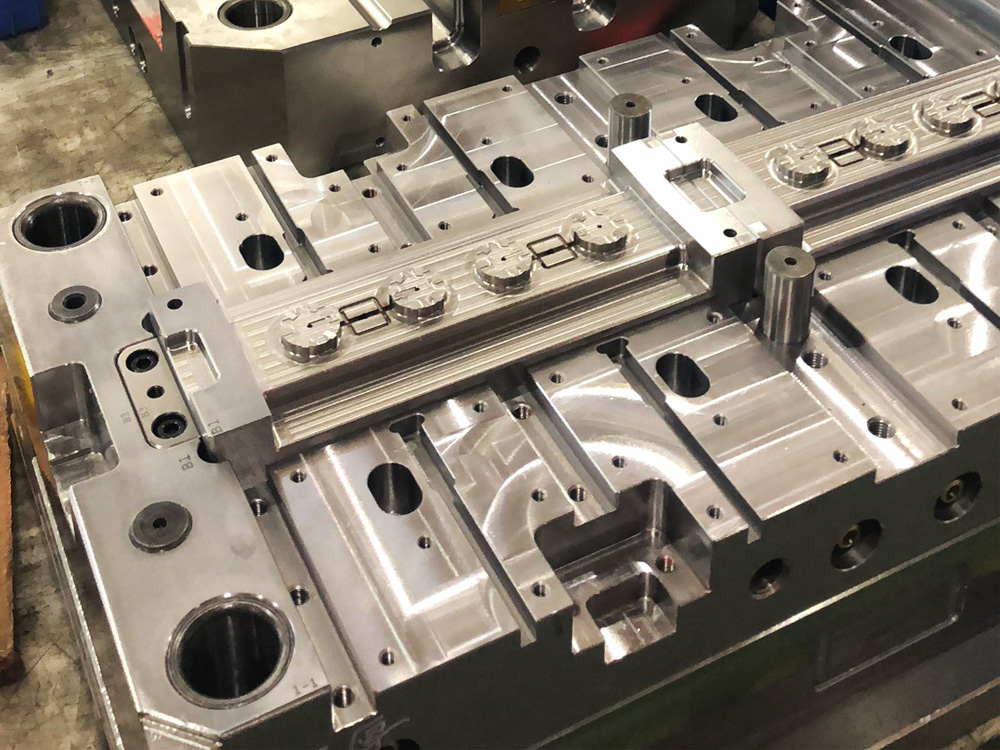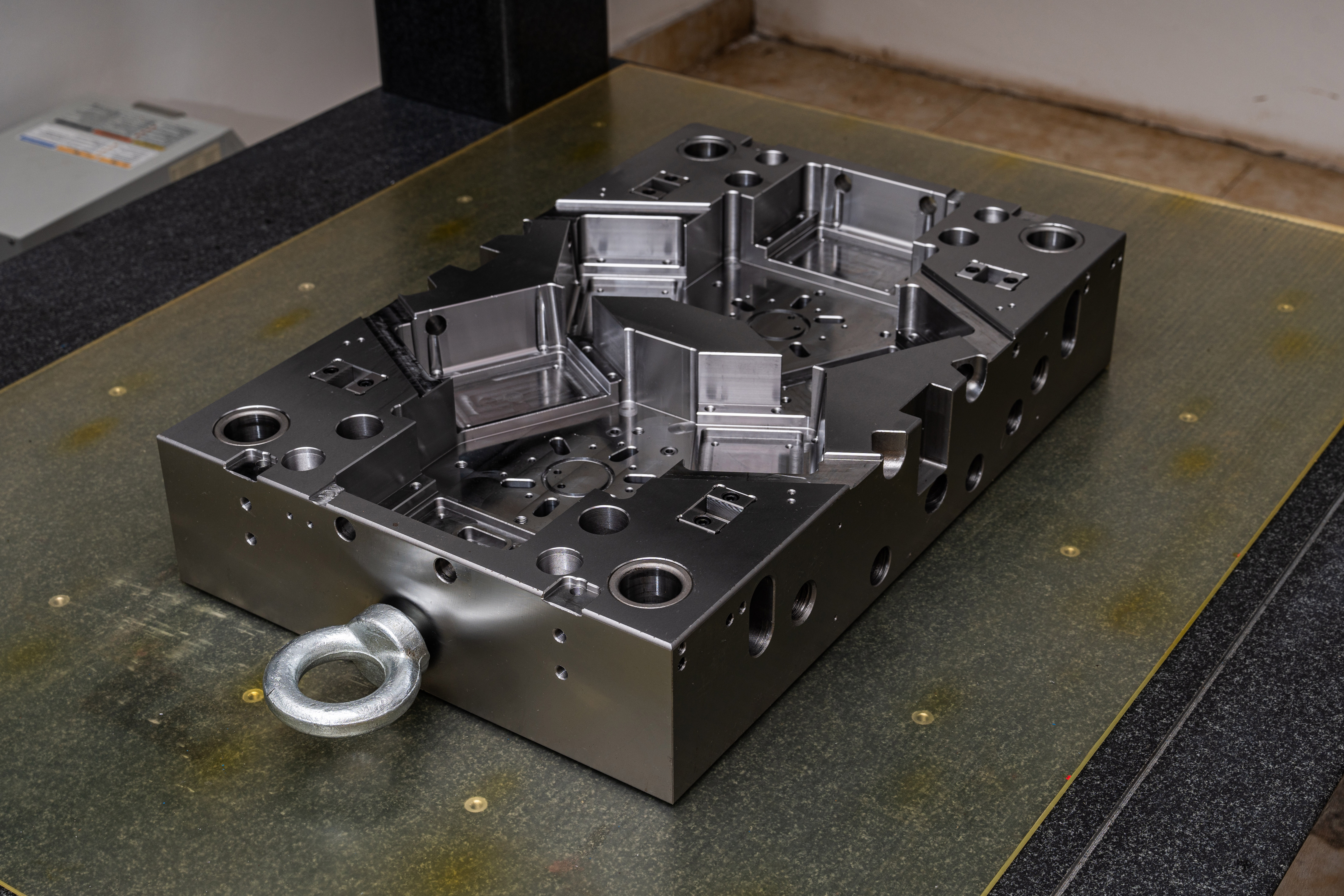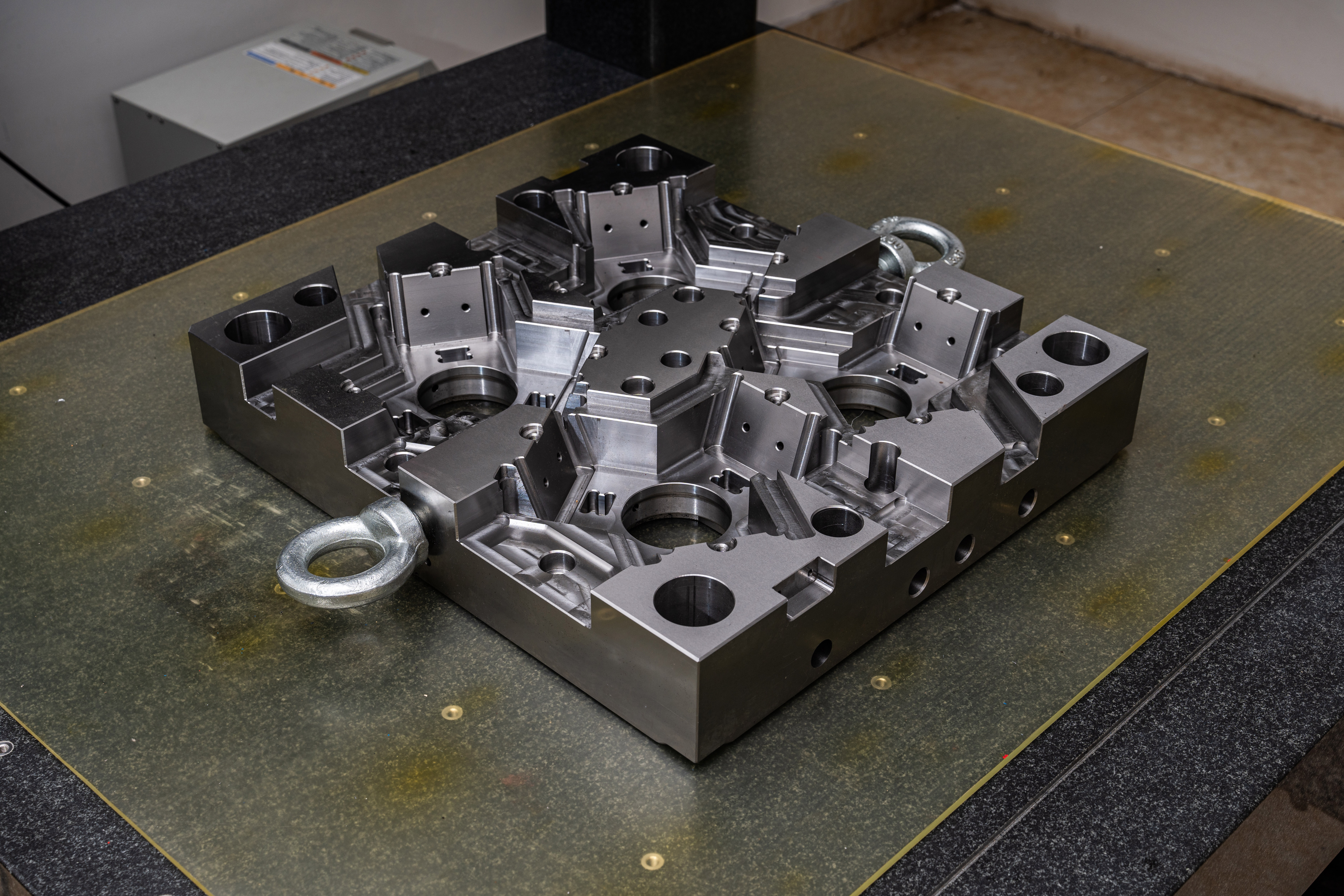Introduction
Mold bases are crucial components in the plastic injection molding industry, serving as the foundation for creating high-quality molds. The design of the mold base plays a significant role in ensuring the success and efficiency of the injection molding process. This step-by-step guide will provide a comprehensive overview of how to adjust the DME mold base design for optimal performance and productivity.
Step 1: Evaluate the Geometric Requirements
The first step in adjusting the DME mold base design is to carefully evaluate the geometric requirements of the specific mold. This involves analyzing the part's design, material, size, and any other relevant specifications. Understanding these requirements is essential for determining the appropriate adjustments needed in the mold base design.
Step 2: Assess the Cooling System
Efficient cooling is crucial in the injection molding process to ensure proper solidification of the plastic material and to avoid any defects or dimensionality issues. Evaluate the cooling system within the mold base and identify any areas that require adjustment. This may involve repositioning cooling channels, optimizing their diameter or spacing, or adding additional cooling lines to improve overall cooling efficiency.
Step 3: Analyze Ejection Mechanism
The ejection mechanism in a mold base serves the purpose of removing the formed parts from the mold cavity. Analyze the ejection mechanism and ensure it is properly aligned with the part's design and requirements. Adjustments may include modifying the ejection pins, adding additional ejection points, or optimizing the ejection force to prevent part deformation or damage during the ejection process.
Step 4: Check for Undercuts
Undercuts refer to features or elements in the part design that prevent the straightforward removal of the molded part from the mold cavity. Check for any possible undercuts and make necessary adjustments in the mold base design to ensure easy and seamless part ejection. This may involve incorporating side actions, sliders, or lifters, or modifying the mold core and cavity to accommodate undercuts.
Step 5: Consider Tooling Inserts
Tooling inserts are additional mold components that can be inserted into the mold base to create specific features or details in the molded part. Assess whether any tooling inserts are required to meet the desired part design, function, or aesthetics. Adjust the mold base design to incorporate these tooling inserts in the appropriate locations and configurations.
Step 6: Validate Alignment and Assembly
Proper alignment and assembly of the mold base components are crucial for achieving accurate and consistent molding results. Validate the alignment of the mold base components, ensure proper fit and clearance between the various parts, and verify that all critical dimensions are within tolerance. Make any necessary adjustments to ensure proper alignment and smooth assembly of the mold base components.
Step 7: Optimize Mold Base Material Selection
The choice of mold base material is important for achieving desired mold performance, longevity, and cost-effectiveness. Consider the specific requirements of the mold, such as expected production volume, molding material characteristics, and operational conditions. Select the appropriate mold base material and adjust the design to accommodate any specific material considerations.
Step 8: Perform Mold Flow Analysis
Utilize mold flow analysis software to simulate the injection molding process and evaluate how the adjustments made to the DME mold base design will affect the overall molding performance. Analyze factors such as material flow, cooling, part filling, and potential molding defects. Based on the analysis results, fine-tune the mold base design to optimize the overall molding process and minimize any potential issues.
Conclusion
Effective adjustment of the DME mold base design is crucial for achieving optimal results in plastic injection molding. By carefully evaluating geometric requirements, assessing the cooling system, analyzing the ejection mechanism, checking for undercuts, considering tooling inserts, validating alignment and assembly, optimizing material selection, and performing mold flow analysis, mold designers and engineers can ensure the successful production of high-quality molds that meet the desired specifications and industry standards.




